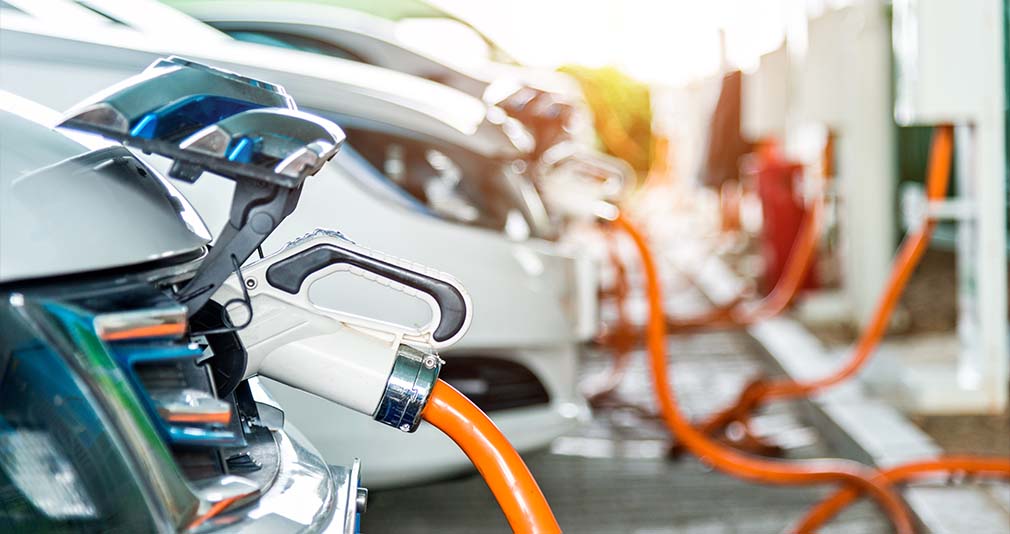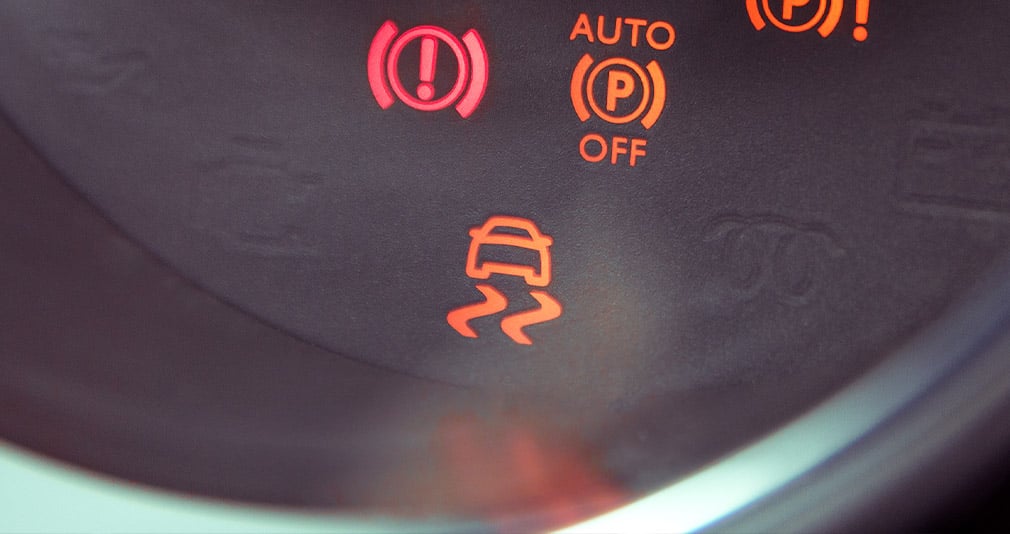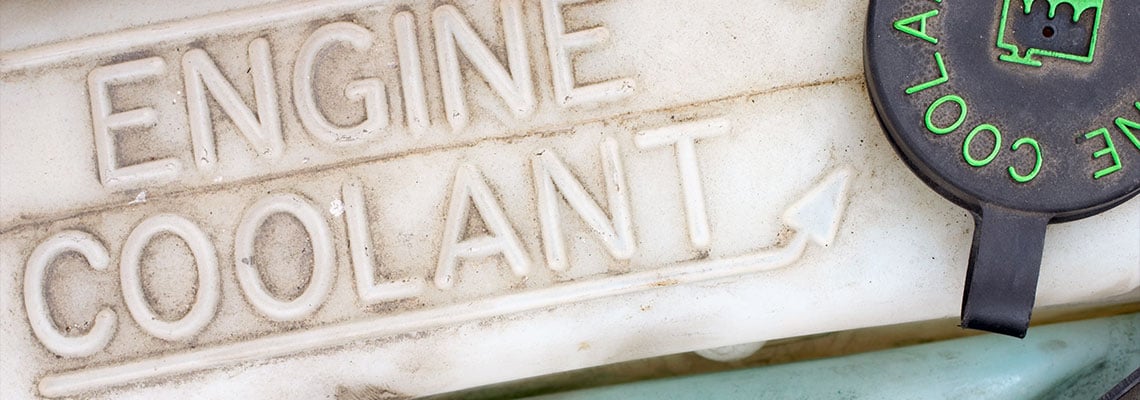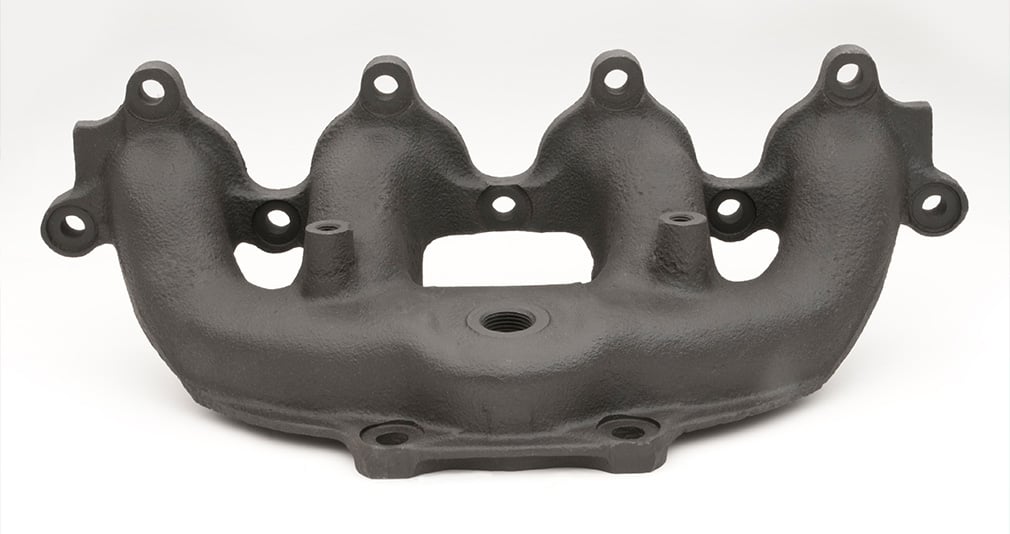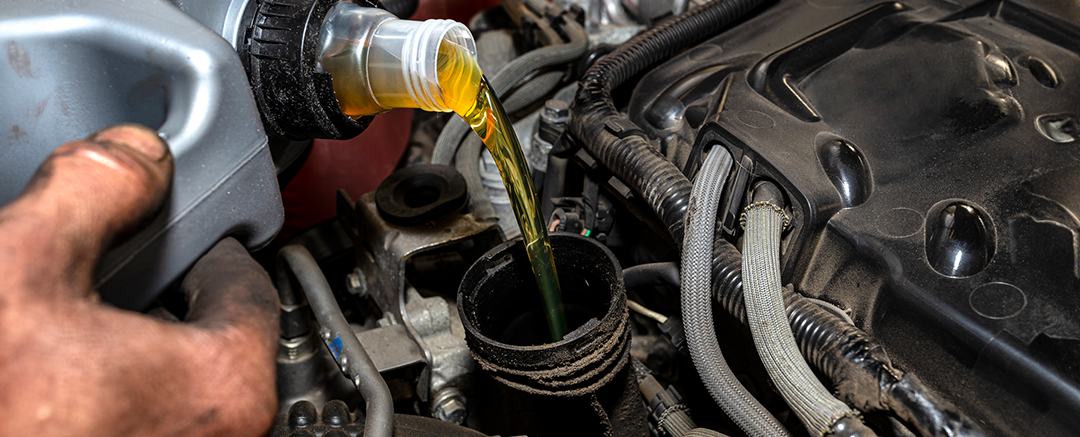According to a 2019 Consumer Reports Survey, 63% of prospective car buyers are interested in electric vehicles. But how do you know if one is right for you? Understanding how electric cars work and what benefits and drawbacks they include can help you decide if one is worth the investment.
The History of Electric Cars
Even though electric cars may have once seemed like something from the future, they’ve actually been around for a long time — even longer than traditional, combustion-run vehicles. The first electric car was created in 1832 by Robert Anderson, who created a carriage run by batteries. It was more of a parlor trick than a useful vehicle, but it showed the potential of battery-powered cars.
Due to the efficiency of gasoline-powered vehicles, electric car research was mostly on the backburner until the 1990s, when the Toyota Prius was introduced to the mass market. Its success sparked other companies to begin producing their own electric models, and vehicles from manufacturers like Tesla grew increasingly popular.
How Do Electric Cars Work?
In short, electric cars are powered by a rechargeable battery. This battery transfers power to an electric motor, which operates all of the vehicle’s components. Many newer models can be charged from a typical 120-volt outlet, although drivers can install a 240-volt outlet in their garage for more robust charging capabilities.
Unlike a combustion engine, electric cars don’t require a fuel system to transport gasoline from a tank to an engine. They don’t have a fuel line, pump or exhaust system. Many of the fluids you’re familiar with, like oil, aren’t required for the vehicle to operate. Instead, they have these key components:
- Battery (all-electric auxiliary): The battery pack stores and provides all of the electricity needed to run the vehicle.
- Charge port: The charge port connects the battery to an external charging source.
- DC/DC converter: The converter takes the higher-voltage power that’s stored in the battery and converts it to a lower voltage that the car can safely use.
- Electric traction motor: This motor is responsible for operating the vehicle’s wheels.
- Onboard charger: This component monitors the battery and charging equipment’s temperature, voltage, current and state of the charge.
- Power electronics controller: The controller makes sure that the right amount of power is being transferred to the electric traction motor.
- Thermal system: This system makes sure everything is working properly without overheating.
- Traction battery pack: The pack stores the energy used by the electric traction motor.
- Transmission: The electric transmission transfers mechanical power from the electric traction motor to the wheels.
Types of Electric Cars
There are two main types of electric cars: plug-in hybrids and pure electric. Plug-in hybrids can run on electricity for about 15 miles to 50 miles before switching over to run like a traditional vehicle. Because they use both a battery and gas, they have components similar to a combustion-powered car and can be refueled at a gas station.
Pure electric vehicles are run solely by their battery pack and can be charged at home or at stations across the country. Many drivers can get multiple days’s use from a single charge. Pure electric vehicles don’t require the same types of maintenance that traditional or plug-in hybrids require.
Both types of electric cars are available in a wide range of makes and models, including hatchbacks, sedans, SUVs, trucks and even luxury vehicles. You can research the variety on your favorite manufacturer’s website.
Are Electric Cars Better Than Conventional Cars?
Electric vehicles have a lot of benefits. They are significantly cheaper to operate than a gas-powered car; the Department of Energy estimates that a gallon of gasoline costs twice as much as the comparable cost of an electric car. They also have much lower maintenance costs, since they have fewer components that will wear out and need replacement.
And, car owners with solar panels at home can virtually eliminate the cost of charging the vehicle. Electric vehicles are also quieter and more environmentally friendly, and they produce no exhaust fumes.
However, electric vehicles are more expensive to purchase than a gas-powered car. If the would-be owner has a one-car household or drives significant distances, the need to recharge may be more of a hassle. Finding an overnight parking space for charging is a major part of owning an electric car.
For many electric vehicles, it can take 25 minutes to 60 minutes for a full charge when using a fast-charge port in a public place, and up to 10 hours at home. In places with extreme heat or cold, the car’s range can be severely reduced due to the drop in battery performance.
Most modern-day electric cars can get about 200 miles out of a full charge, while plug-in hybrids can get about 400 to 550 miles. On average, traditional vehicles get between 400 to 500 miles.
Maintaining Your Electric Vehicle
Even though an electric vehicle has fewer components than a conventional vehicle, they still require some maintenance — namely the cabin air filters, brakes, tires and suspension system. However, many of these pieces are designed to be durable and will rarely need servicing. The electric vehicle’s battery will eventually need replacing (it lasts for a minimum of eight to 10 years), costing around $5,500.When you are ready to bring your electric vehicle in for maintenance, make sure it’s to a repair shop that is familiar with them. Building a relationship with a repair shop is an important part of keeping your vehicle safe on the road and extending its life for years to come.

